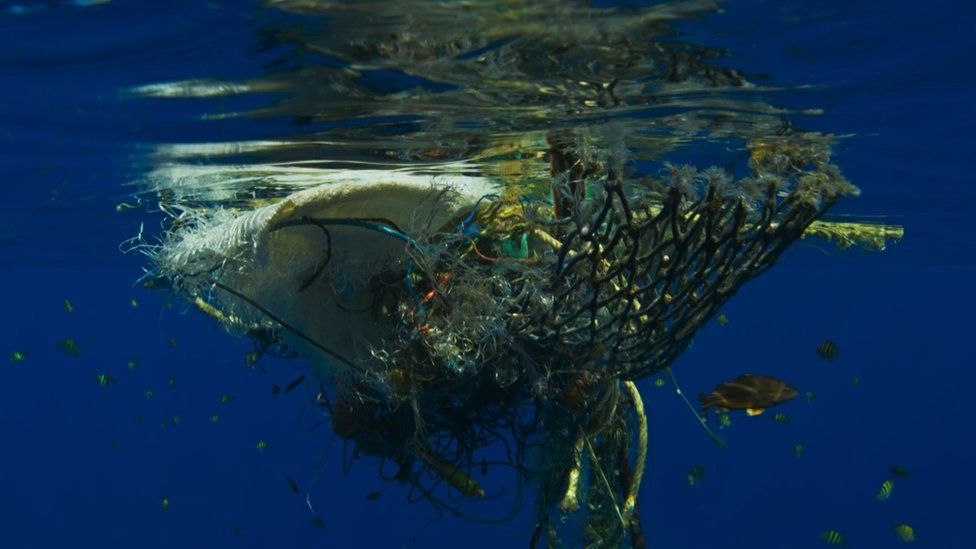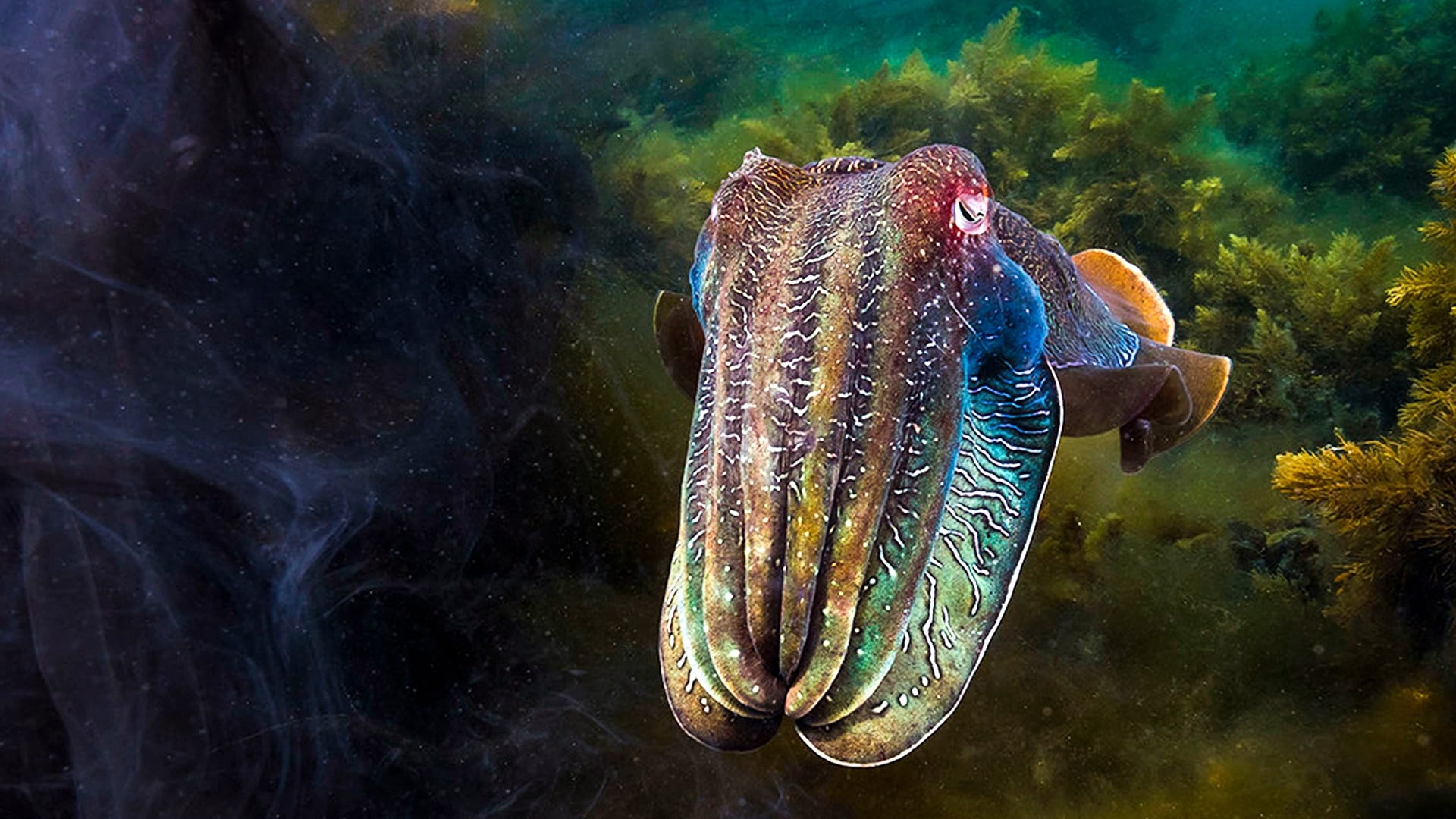

I teach a third year undergraduate course on marine fish and fisheries, and we learn how to use these state-of-the-art tools. We also use these methods to explore traceability in the global fish food market. This signal gets passed through food into animal tissues, so we can track where a fish, jellyfish, shark, whale or any marine creature has been eating. The chemistry of plankton at the base of the food web changes across seas and oceans. In my research group we use chemical tools to try to understand where animals go, and what they eat. We commonly see basking sharks in UK waters, but what they do when they leave the coastal waters and where they give birth are mysteries left to unravel. The same is true for the second largest fish, the basking shark.

We don’t know where whale sharks, the largest fish, give birth. The programme also pointed out how little we know about some of the most charismatic animals on earth. Three things really struck me – first was the number of species filmed that pass our shores: whether the sperm whales, Portuguese men o’war, blue sharks or lantern fish, all are relatively common visitors to our shores.

#BLUE PLANET SEA OF LIFE PROFESSIONAL#
So the Blue Planet episode on the open ocean - ‘the Big Blue’ - excited me for personal and professional reasons. Now I’ve turned that interest into a career studying movements of animals in the open ocean. I’ve spent a lot of happy time standing on a western beach or cliff, looking out to the horizon and thinking about the huge watery space between me and the next land. More than 17,000 km of our coastline faces the open Atlantic ocean. "Here in the British Isles, we are on the western edge of the continent of Europe. I’m really looking forward to next week when the filming moves away from clear tropical waters and focuses on the more temperate seas – the trailers promise sea otters, wonderful animals!"įind out more about Dr Antony Jensen's work and publications. There is a lot we don’t know about plastics in the ocean but a lot of scientists are working on the topic (a PhD student I supervise is working on plastic accumulation in filter feeders, like oysters) which should give us a much better understanding of the way plastic enters human (and other animals') diets. The final message about plastic pollution and the link with toxic chemicals was very powerful. I continue to be delighted in the way Blue Planet links the marine biology with the other oceanographic sciences, showing how marine physics and chemistry are inextricably linked to the biological events they are filming, something OES at Southampton includes in its degrees - we have staff working across all of the marine sciences. The highlight for me this week were the resting sperm whales, such a majestic sight and only there because most nations halted whale exploitation just in time.

"As ever Blue Planet 2 didn’t disappoint, showing images that are almost impossible for anyone without the resources of the BBC to achieve – long may it continue. This week Dr Antony Jensen, Associate Professor in Marine Ecology, and Dr Clive Truman, Associate Professor in Marine Ecology, share their thoughts about the Big Blue episode. Research undertaken by staff here at the University of Southampton has informed much of the science that is covered in Blue Planet II.


 0 kommentar(er)
0 kommentar(er)
